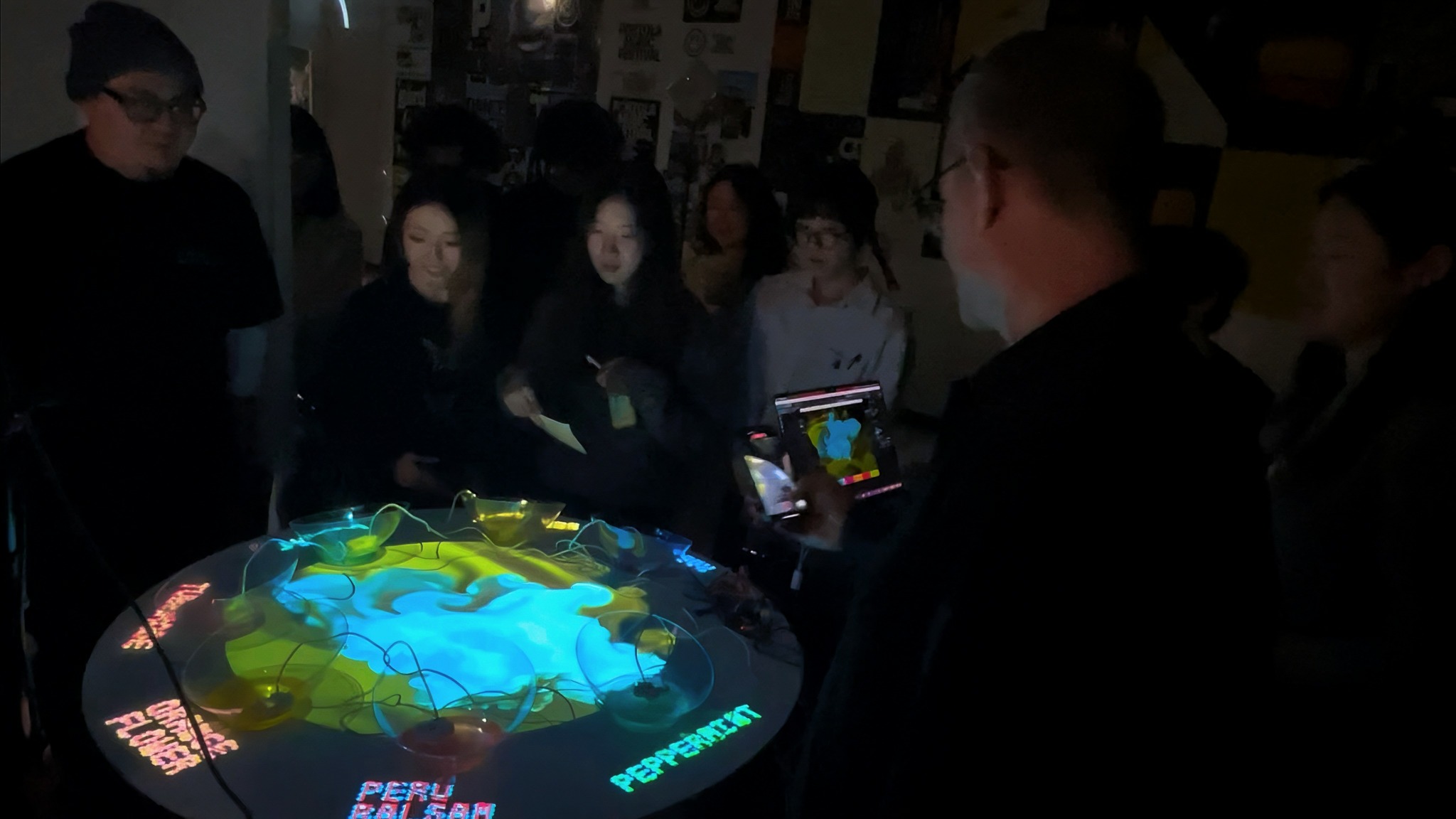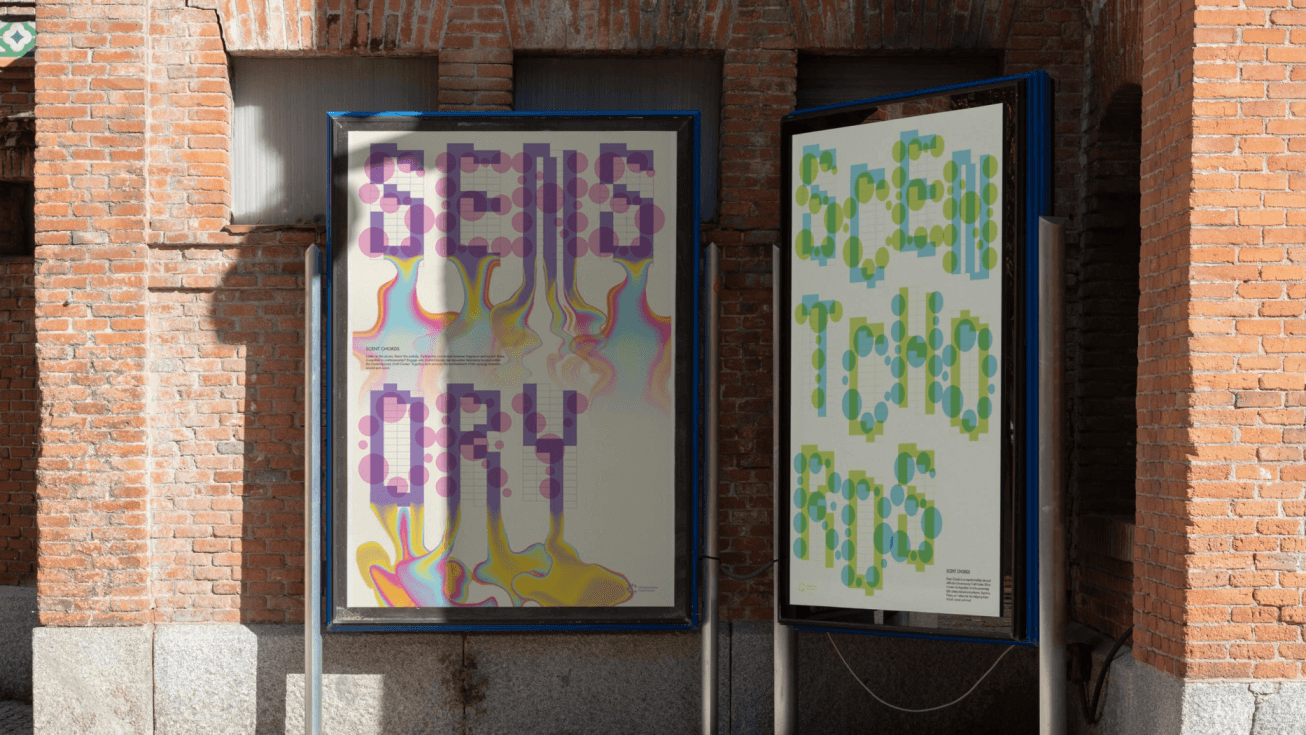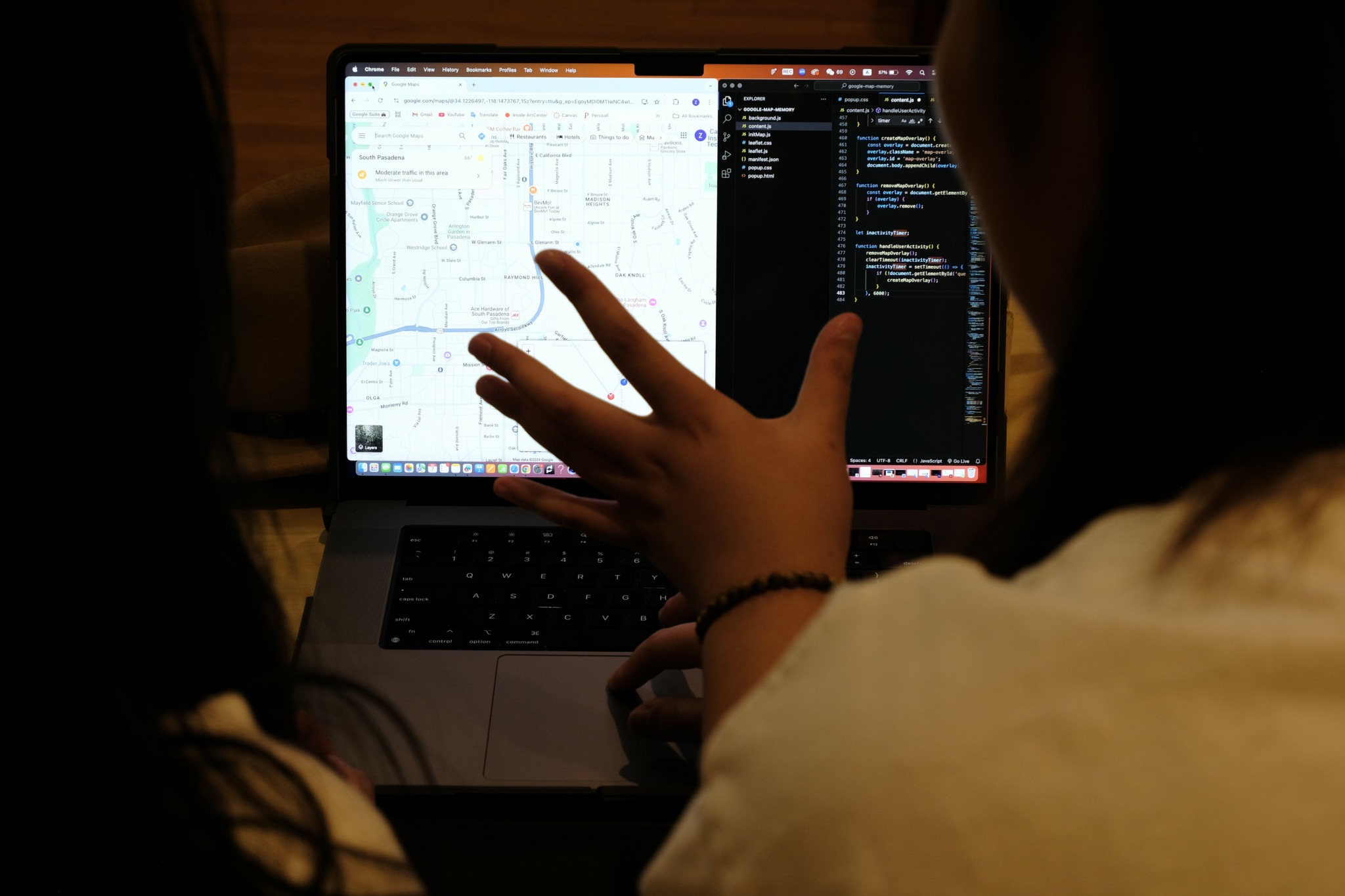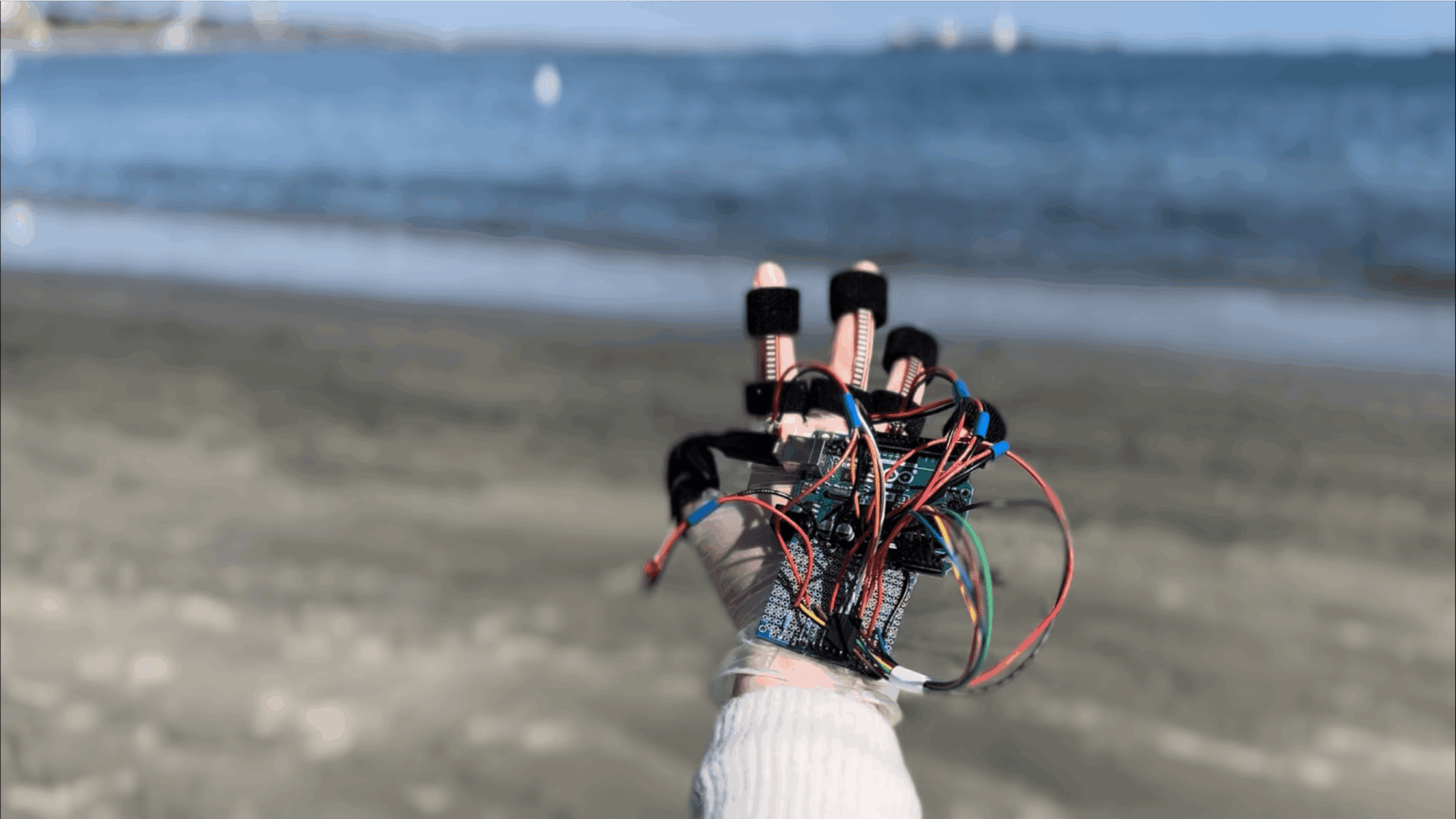Alright – so today we’ve got the honor of introducing you to Zitong Wang. We think you’ll enjoy our conversation, we’ve shared it below.
Hi Zitong, thanks for joining us today. When did you first know you wanted to pursue a creative/artistic path professionally?
I think it happened gradually, then all at once. Throughout high school, I was always sketching – not because I thought I was particularly good at it, but because I had to. It was how I processed things.
The real shift came when I started questioning what design could actually accomplish. I remember working on a project and suddenly thinking, “What if this could change how someone feels about their day?” That’s when I realized I wasn’t just interested in making things – I was interested in making things that mattered.
What really sealed it was understanding that the most interesting problems don’t have obvious solutions. They require you to dig deeper, to ask why things are the way they are instead of just accepting them. That’s the kind of work I wanted to spend my life doing.

As always, we appreciate you sharing your insights and we’ve got a few more questions for you, but before we get to all of that can you take a minute to introduce yourself and give our readers some of your back background and context?
I’m an interdisciplinary designer who works across digital interfaces, physical installations, and experimental media. My background started in graphic design, but I’ve found that the most interesting work happens when you’re willing to cross boundaries and question assumptions.
What drives my work is this belief that design shouldn’t just solve problems, but should question why those problems exist in the first place. I’m particularly interested in how we can make technology feel less alienating and more genuinely helpful in people’s lives.
One project that really captures this approach is “Scent Chords” – it started when I discovered that back in 1858, a perfumer named Piesse created something called the ‘Odophone,’ which mapped scents to musical pitches. While it wasn’t a formal theory, I was fascinated by this idea that someone had intuited these connections over 150 years ago.
I wanted to explore what that might look like today, so I built an interactive system that let people experiment with scent combinations as if they were composing music. The technical challenge was interesting, but what really surprised me was how people responded to it. They started recalling specific memories triggered by different scents – someone smelled a particular floral combination and suddenly remembered their grandmother’s garden in vivid detail, another person encountered a woody scent that brought back the feeling of building forts as a kid.
The project taught me that when you create new ways for people to interact with familiar things, you reveal hidden layers of how we actually experience the world. It’s not about making technology more complicated; it’s about using technology to uncover connections that were always there but never had a language.
That’s what I’m most interested in – creating experiences that help people notice things they didn’t know they knew, whether that’s through a digital interface, a physical installation, or something that doesn’t fit into any existing category.

What do you find most rewarding about being a creative?
The most rewarding part is those moments when something I’ve made helps someone see a familiar situation in a completely new way. It’s not about impressing people or getting recognition – it’s about creating that little shift in perspective that makes someone go “huh, I never thought about it like that.”
I remember showing someone my Scent Chords project, and they said it made them realize how much they associate certain smells with specific memories and emotions. That wasn’t even the main point of the project, but it opened up this whole conversation about how our senses are more connected than we think.
What I love is that design gives you permission to ask weird questions and actually pursue the answers. Most people have to suppress their curiosity about random things, but as a creative, that curiosity is literally your job. Every project is basically an excuse to dive deep into something that fascinates you and hopefully discover something useful along the way.

Is there something you think non-creatives will struggle to understand about your journey as a creative?
I think people often assume that being creative means you just follow your inspiration and everything flows naturally. But honestly, most of my work comes from being systematically curious about things that seem mundane or broken.
Like, I’ll spend weeks obsessing over why a particular interaction feels frustrating, or why certain combinations of things work better than others. It’s not glamorous – it’s a lot of testing, failing, and trying again. People see the final result and think it just appeared, but they don’t see the dozens of prototypes that didn’t work.
The other thing is that creative work isn’t separate from “real world” concerns – it’s deeply connected to them. When I’m working on a project, I’m thinking about economics, psychology, technology, social dynamics. Everything influences everything else. I think some people imagine creativity as this pure, isolated thing, but the best work happens when you’re paying attention to the whole messy complexity of how the world actually works.
Contact Info:
- Website: https://zitongwang.design/
- Instagram: https://www.instagram.com/zw_zitong?igsh=MXNqaThkcG4yMTF2aQ%3D%3D&utm_source=qr
- Linkedin: https://www.linkedin.com/in/zitong-wang-design




